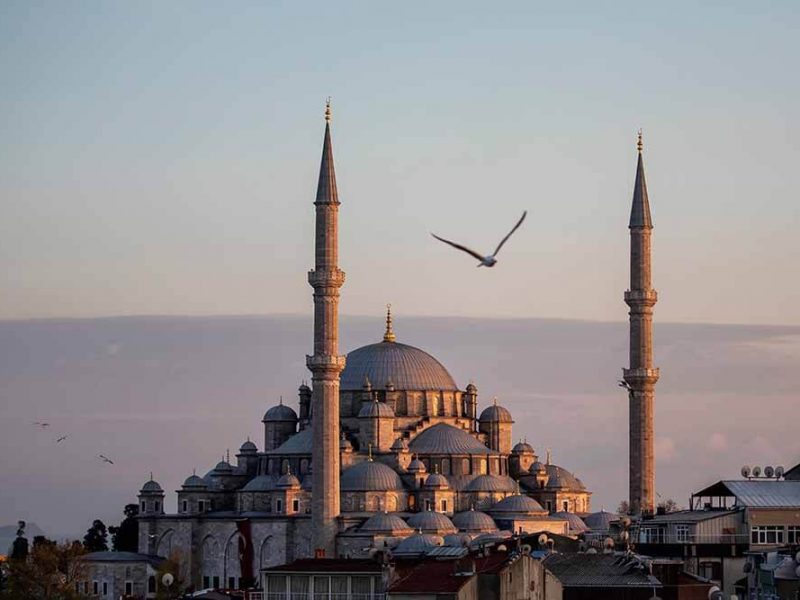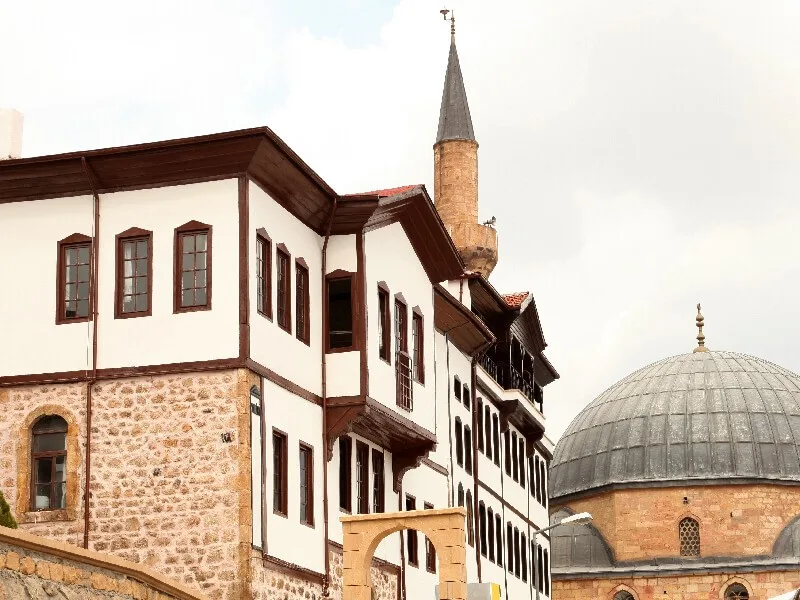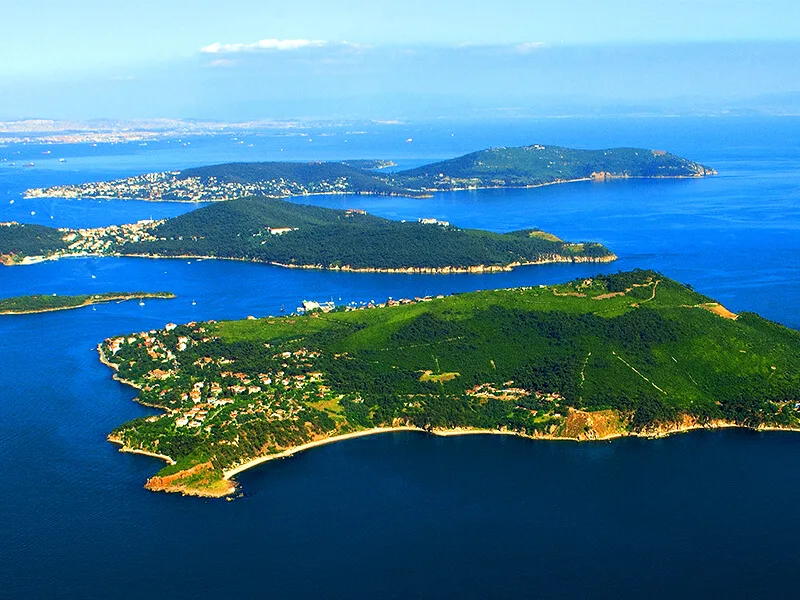As one of the most beloved cities of the Central Anatolia Region, Çankırı’s history dates back to the Hittites. Hosting various migrations and kingdoms over time, this city holds an important place in history as well. Established within many beauties and with its developing status, Çankırı shows societal progress, but at the same time has not lost its traditional beliefs and national integrity.
Being a neighbor to Ankara, Bolu, Karabük, Kastamonu, and Çorum cities, it consists of mostly mountainous areas. The Ilgaz Mountain National Park covers a large part of the city and these mountains constitute a range of mountains around Çankırı. This mountain range is also counted as the provincial border. There is only one lowland in the city and it is Kızılırmak basin lowland. Even though the water’s salinity decreases fertility, the most fertile soils in the area are here, around this lowland. Although the most important river in our city is the Kızılırmak, there are no lakes which can be regarded as important in the province.
Cuisine
Carrying Anatolian culture into its cuisine, it is renowned for dishes generally made of wheat and bulghur. In a cultural sense, the most famous Çankırı dishes are fatty pancake, whole meat, Turkish ravioli, flatbread, egg dessert, höşmerim, okra, stuffed leak with olive oil, tutmaç, yaren casserole, and cranberry syrup.
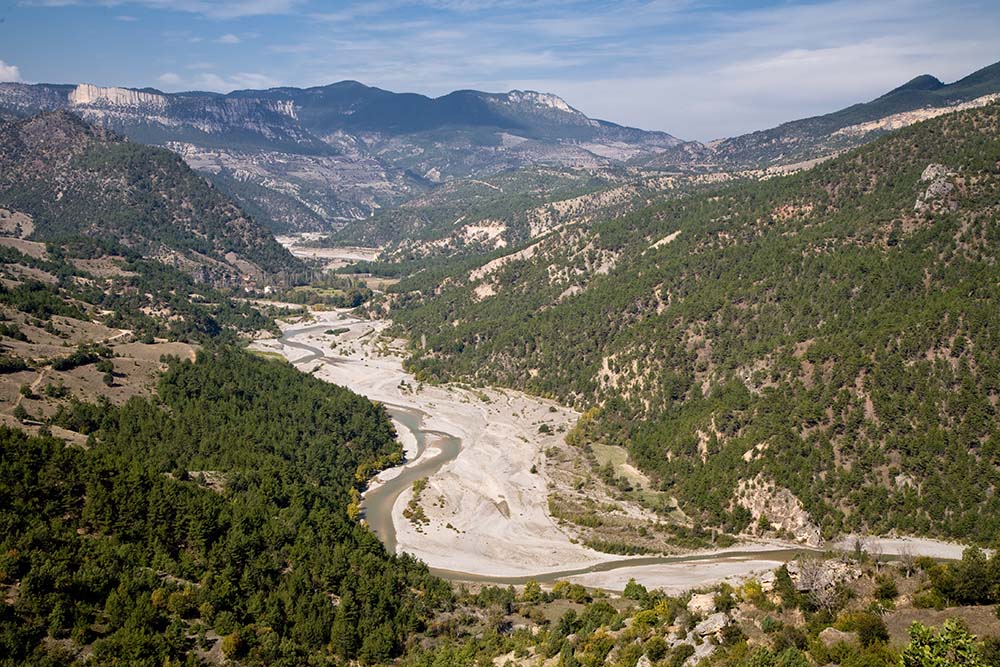
Çankırı’s history dates back to the Hittites.
One of the best ways to express the identity of a nation is through handicrafts. Here, wood engraving and wood crafts are among the most performed handicrafts in the city. Bazaar and exhibitions are held in Çankırı in order to share handicrafts and to keep the art alive. You can buy handicraft products from these bazaars when you visit Çankırı.
Places to Visit
With its unique natural beauty as well as the rich cultural and historical heritage that belongs to Central Anatolia, Çankırı is among the cities that are definitely a must-see.
- Ilgaz Ski Center: Having an important place with regard to winter tourism, the ski center provides service even during the night. It presents visitors with nature via pine trees and a landscape covered in snow.
- Çankırı houses: The most beautiful examples of Turkish architecture are reflected in these houses.
- Yapraklı Büyük Yayla
- Yıldıztepe Ski Center
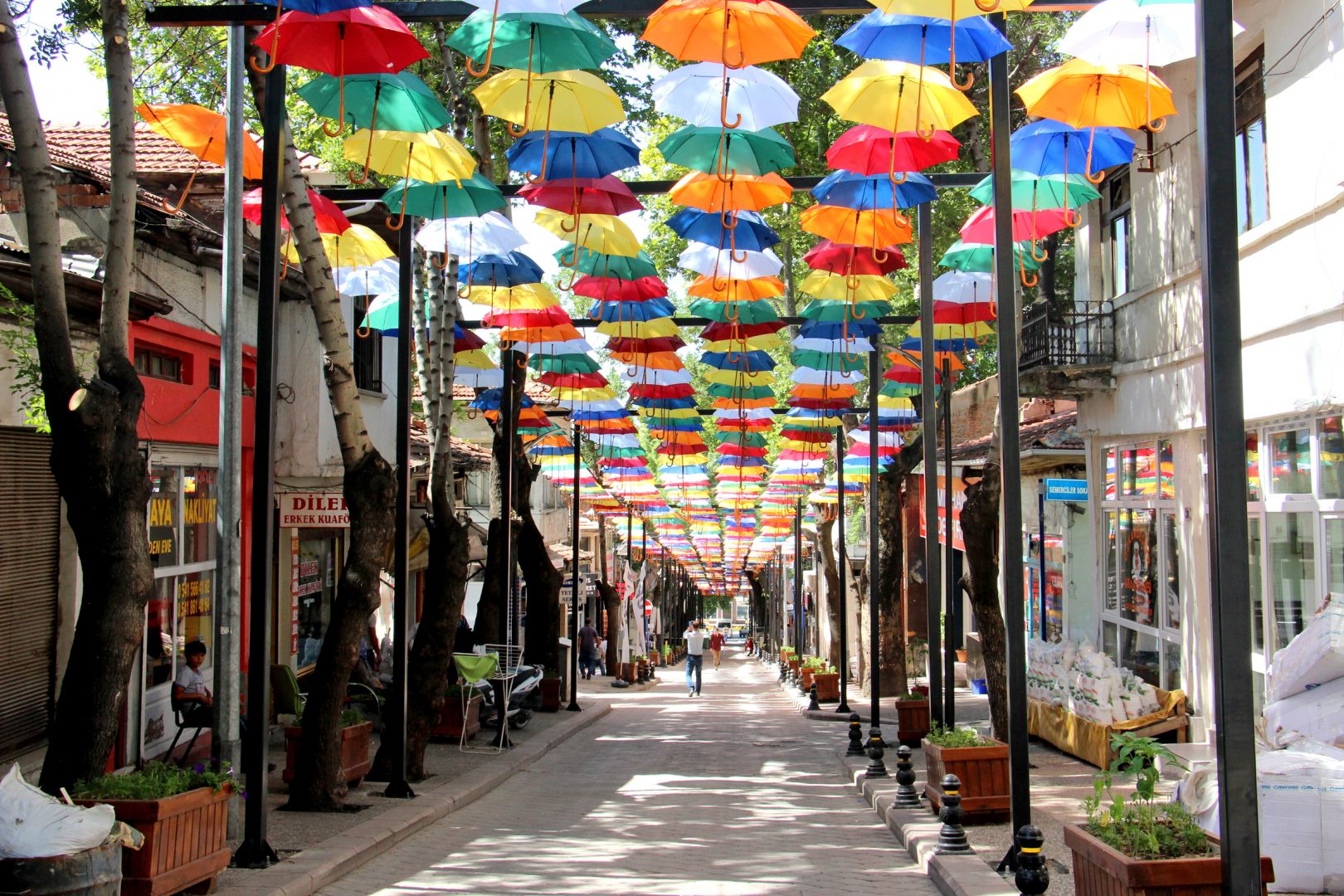
Hosting various migrations and kingdoms over time, this city holds an important place in history as well.
- Sakaeli Rock Graves: These graves are regarded as important in terms of tourism and reflect Roman and Byzantine periods.
- Çankırı Museum
- Salt (Tuz) Cave
- Çankırı Castle
- Bozan Hammam, Acısu Thermal, Şıhlar Nezle Thermal, Kükürt Village Spring: These are among the many rich thermal sources here.
- Ilgaz Mountain National Park: With its oxygen-rich air and peaceful atmosphere, the national park can be visited during any season and seems to attract everyone’s attention.
How to Get There
Railway transportation to Ankara and Zonguldak cities is available thanks to the terminal located in the city center. While the coach station makes transportation to Çankırı possible via highway, car travel is also an option. Apart from these transportation methods, there is also an air travel option. It is possible to travel to Çankırı from Ankara Airport, about 130 kilometers away.

